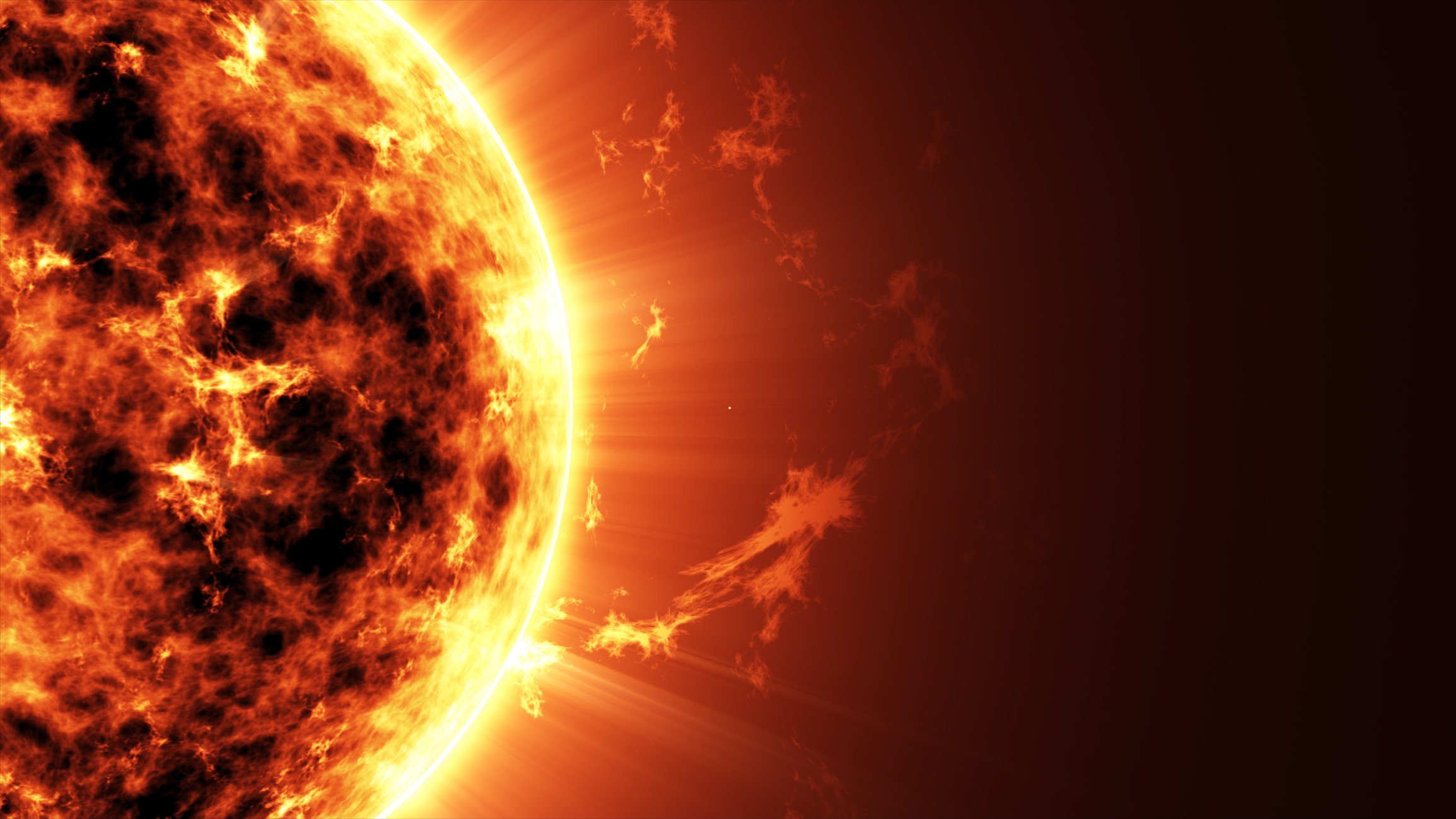Earthquakes are one of the most problematic natural events, especially for the human species. In many parts of the world, these natural disasters can affect entire cities, leaving people homeless and causing irreversible damage.
Earthquakes often occur due to geological faults and other terrestrial causes, but can the Sun affect anything?
We know that The movement of tectonic plates is responsible for almost all earthquakes that occur in the world., but there are a few more possibilities. For example, volcanic activity in certain parts of the world can cause intense shaking, as can some human activities that involve exploration of underground areas.
Last Friday, on the 5th, a 4.8 magnitude earthquake occurred in New York, USA, at around 11:23. Just a day ago, a magnitude 6 earthquake occurred in Honshu, Japan. As others have mentioned, a strong earthquake of magnitude 7.4 was recorded in Taiwan earlier in the same week.
“Major earthquakes around the world are not evenly distributed… there is some correlation between them. We tested the hypothesis that solar activity can affect the earth. [ocorrência de terremotos] all around the world. This statistical test of the hypothesis is very important. “The probability of us observing this by chance is very, very low – less than 1 in 100,000,” said Giuseppe De Natale, director of research at the National Institute of Geophysics and Volcanology in Rome and author of a study on the subject. .
According to information from the United States Geological Survey (USGS), solar flares and magnetic storms can cause different effects on the Earth; However, a significant relationship with earthquakes has not yet been identified.
In a study published in the scientific journal Scientific Reports, a group of scientists claim to have found the first evidence that powerful solar flares occur. It may be one of the causes of earthquakes around the world.
Possible relationship with solar explosions and Earth tremors
Most of the time solar flares are harmless to humans on Earth, but that’s not always the case. It’s no wonder scientists fear satellites will stop working during the current cycle’s solar maximum, which is predicted to occur between 2024 and 2025; Internet, GPS, communication networks, among other services, may face a massive loss of connectivity for a year. period.
So far, few researchers have presented data suggesting any connection between solar flares and earthquakes on Earth; But a new study suggests that these solar events can actually trigger powerful earthquakes. As scientists explain, Some of the larger earthquakes that occur on the planet have a pattern that may be related to the effects of coronal mass ejections.
Using data collected over 20 years from the Solar and Heliospheric Observatory (SOHO) satellite of the US National Aeronautics and Space Administration (NASA) and the European Space Agency (ESA), researchers noticed that earthquakes tend to be detected in groups. This model suggests that a single phenomenon can trigger the movement of geological faults.
The paper compared SOHO data with the ISC-GEM Global Instrumental Earthquake Catalog, a list of the strongest earthquakes to occur on Earth. Like this, Scientists discovered that stronger tremors occurred almost simultaneously as charged solar particles (protons) reached the planet’s atmosphere.
“In this paper, we analyze 20 years of proton density and velocity data recorded by the SOHO satellite and worldwide seismicity during the corresponding period as reported by the ISC-GEM catalogue. A temporal model explaining such a correlation is also available. In the paper, the applied electricity depending on the proton density It was stated that a proposal proposed in terms of the reverse piezoelectric effect caused by the field opens new perspectives in earthquake predictions as well as in seismological interpretations.
As the researchers explain, The relationship between the flow of solar protons and strong earthquakes is an effect called inverse piezoelectricity.
Other studies revealed that compressing quartz could lead to an electric pulse, so the effect was called piezoelectric; some researchers believe the reaction was caused by earthquakes.
The new possibility is called the inverse piezoelectric effect because the scientists in the new study suggest that earthquakes are caused by electromagnetic anomalies, not the other way around. Well, When solar protons collide with the magnetosphere, a type of magnetic bubble that protects the Earth, they can create electromagnetic currents that propagate in pulses, compressing the quartz and causing tremors.
In any case, the authors of the paper need more data to understand whether the mentioned effect is really responsible for earthquakes on Earth; so no confirmation yet.
In 2013, another team published a paper on the subject and found no evidence between the effects of the Sun and earthquakes. Doubts about this possibility are very old; because in 1856, Swiss astronomer Rudolf Wolf was already trying to understand this relationship.
Did you like the content? Stay up to date with more earthquake-related curiosity at TecMundo. If you wish, take the opportunity to understand the solar cycle and why the Sun’s magnetic field will reverse.
Source: Tec Mundo
I’m Blaine Morgan, an experienced journalist and writer with over 8 years of experience in the tech industry. My expertise lies in writing about technology news and trends, covering everything from cutting-edge gadgets to emerging software developments. I’ve written for several leading publications including Gadget Onus where I am an author.













